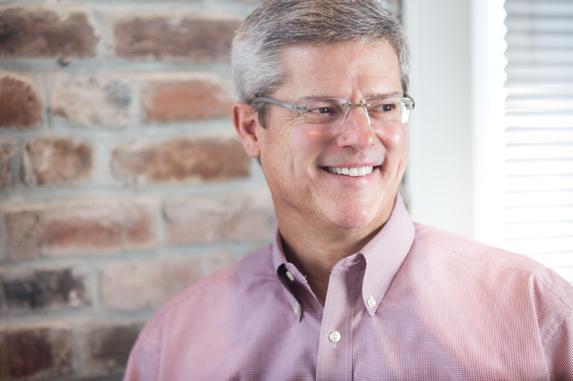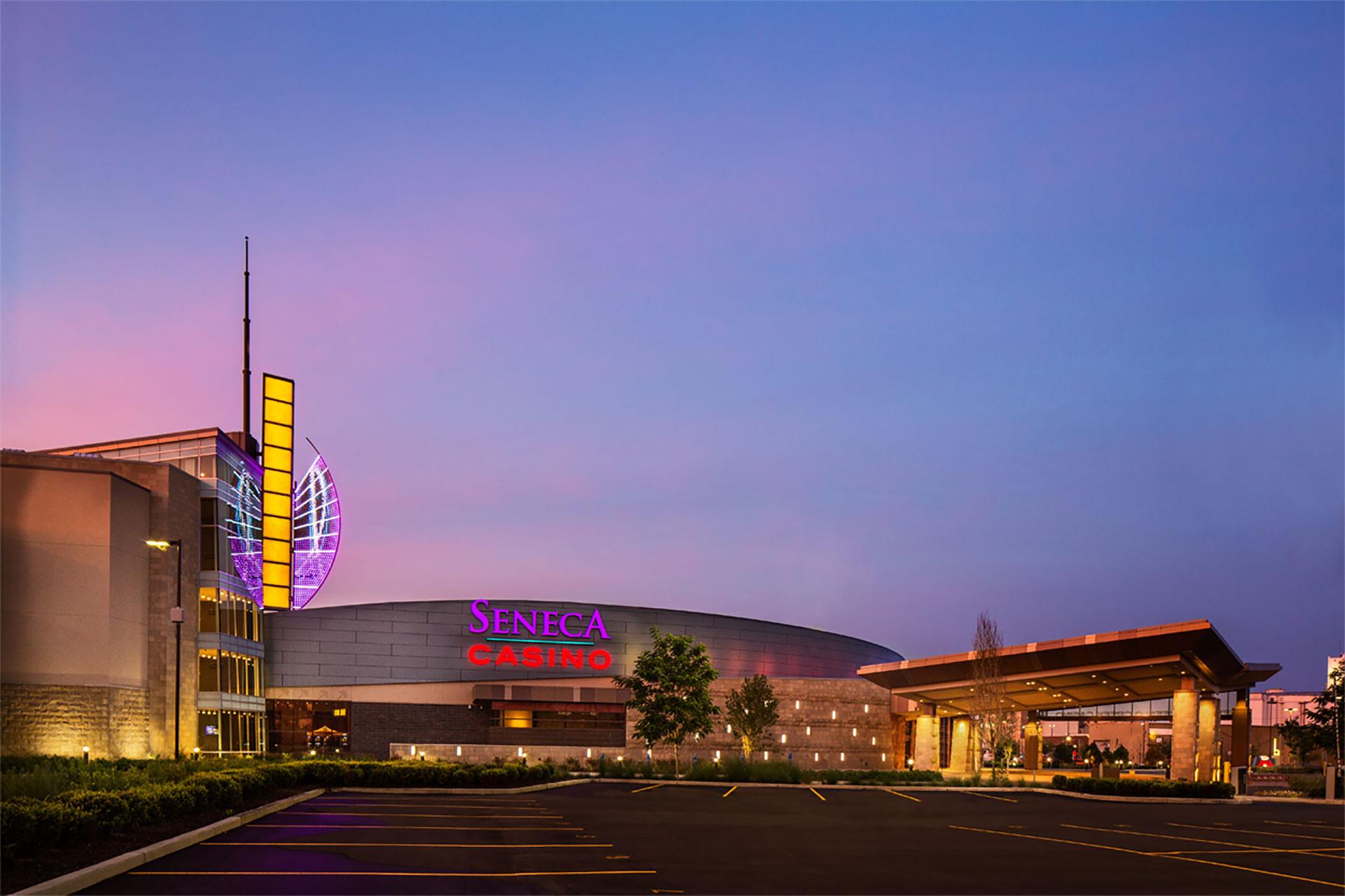“For many gaming tribes across the country, a challenge is not trying to figure out what to new-build next (unless market opportunities and demand warrant), but how to aggressively maximize or reinvent every square foot of existing space,” says Dike Bacon, principal for the Memphis-based Hnedak Bobo Group, which has a rich tradition with tribal gaming projects.

HBG Principal and Industry Expert, Dike Bacon
“Many larger, older facilities were designed and built during times when excess or underutilized space was of no consequence,” Bacon says. “Public spaces, lobbies, casino floors, guest rooms, and many backs of houses were huge simply because they could be, and they got financed. There are always plenty of opportunities to renovate and refurbish, but often the biggest opportunity to directly affect the bottom line is to adaptively repurpose these kinds of inefficient existing spaces into new non-gaming revenue generators and entertainment experiences.”
The changes don’t always have to entail bells and whistles. They can be subtle.
“Things don’t have to be overcomplicated,” Bacon says. “Maybe inject some old-school glamour and turn an oversized lobby into an elegant, multi-dimensional entertainment space. Or turn an underutilized back-of-house space adjacent to an existing kitchen into a cutting-edge, chef-driven fast-casual. Move poorly located and off-trend bars to higher-profile, more socially interactive locations or reposition and redesign retail outlets for maximum storefront and product exposure.
“If gaming revenues stay relatively flat, the bottom-line impact of reinventing or discovering new non-gaming amenities that are properly positioned relationally inside an existing building envelope can be significant.”
An evolving trend in the regional gaming industry is the whole notion of not trending out, Bacon contends. This can be accomplished by capitalizing on the experiential travel economy in unique ways.
“A classic problem is that virtually everything new or on trend at some point becomes stale and has to be reinvented,” he says. “The best success is often found by tailoring the new offerings to the local guest in an aspirationally classic way, while not delivering something unfamiliar or out of bounds.
Residually, this locavore-type product can be a draw and can often dramatically extend geographic reach.
“This is the sort of thing an experiential traveler seeks out—a contextual, localized experience that can’t be found or easily replicated somewhere else. It’s actually the exact opposite of a replicated brand standard, and can be a great way to expand a customer base. Indian casinos, because they are often individual and authentic anyway, are tailor-made for this.”
The Seneca Buffalo Creek casino expansion illustrates a property knowing what works. A $40 million expansion, modest but meaningful in today’s market, includes a two-story expansion project, a new high-limit game room, 360 additional slot machines and 10 game tables, bringing the total number of slot machines to 1,200 and game tables to 32 after construction.
The expansion will also create a new retail area and add a small performance stage for live entertainment at the Stixx Sports Bar. The existing Buffalo Savors Grill will be upgraded, and a second floor will house a new restaurant, the Western Door Steakhouse, which is one of the most popular restaurants at Seneca Gaming’s other New York casino properties. Construction will be complete in early 2017.
See the full article on “Design By Evolution” in the 2015 Casino Design Magazine


